For civilians like myself, listening to service members can sometimes sound like hearing a different language. I’m not alone though: even members of different branches, jobs, or units sometimes have trouble understanding each other through all the different acronyms, initials, and buzzwords for everything from a tank to a toilet. That’s why last month, Task & Purpose published a guide to Air Force lingo for the rest of us, but unfortunately, I left a few useful terms out that deserved a mention. In the purple spirit of joint operations, below is part two on how to speak ‘Air Force’ for dummies. We’re coming for you Duolingo!
Subscribe to Task & Purpose Today. Get the latest in military news, entertainment, and gear in your inbox daily.
Boom / Boomer
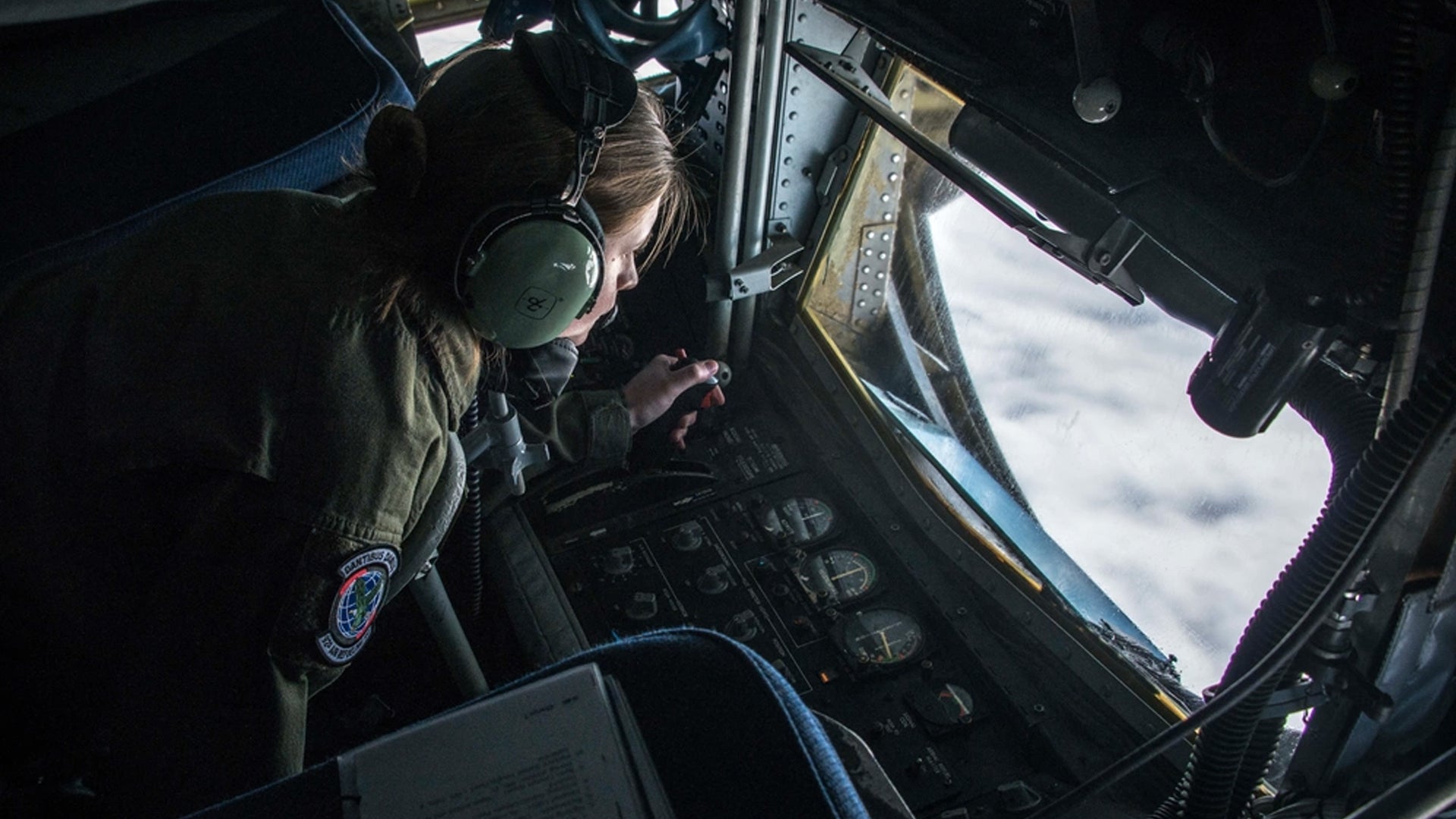
Long before the phrase ‘okay boomer’ became popular, the Air Force used the term ‘boom’ or ‘boomer’ to refer to the small group of airmen who operate the big tube that connects an aerial refueling tanker to thirsty aircraft in need of a fill-up. The humble tanker is actually one of the foundations of modern American military strategy: without the flying gas stations, C-17 transports can’t fly critical patients from Afghanistan back to the U.S.; B-2 Bombers can’t fly from Missouri to bomb ISIS fighters in Libya; and some fighters can’t fly very far with a full load of weapons. As the saying goes, “nobody kicks ass without tanker gas.” But connecting two large jets flying up to 500 miles per hour at 20,000 to 40,000 feet takes patience and communication, two skills a ‘boom’ or ‘boomer’ must have in spades to talk the pilot onto the boom successfully. The refueling itself can take time: five to 10 minutes for fighters but up to 45 minutes and beyond for larger aircraft like C-17 transports, during which the boomer and the receiving pilot sometimes shoot some serious shit. Tanker missions tend to be long ones, so the boomer also sometimes has the informal responsibility of making pizza for the rest of the aircrew with the onboard oven.
‘Moose’
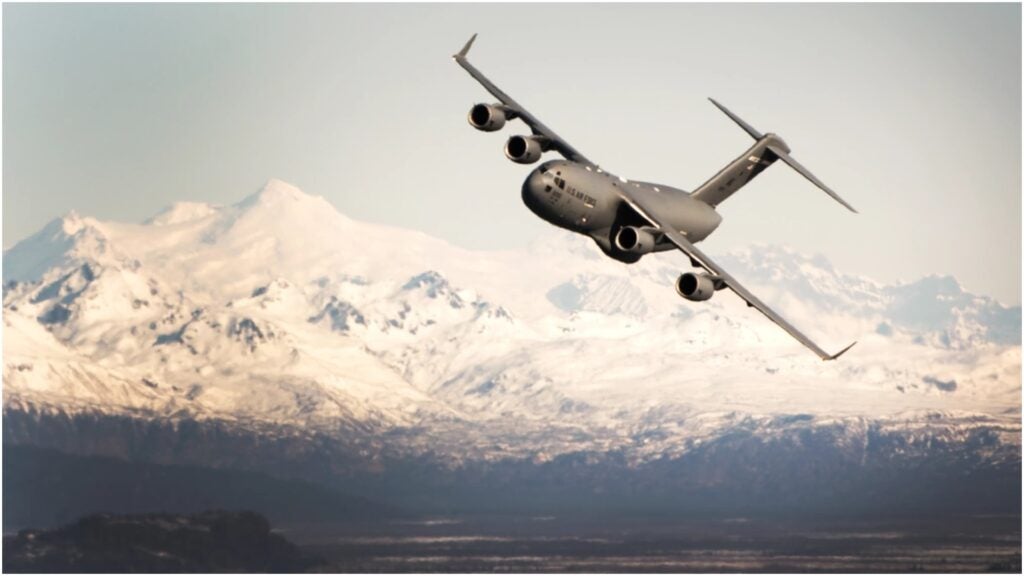
Speaking of C-17s, one key bit of lingo I left out of Part I was the almighty ‘Moose,’ the moniker for the large transport jet that played a crucial role in evacuating civilians from Afghanistan last August during Operation Allies Refuge. A big, strong, slow-moving animal like a moose sounds like the perfect nickname for such a jet, but you might be surprised by the actual reason. During ground refueling, the aircraft has pressure relief vents that, when in use, sound like the call of a female moose in heat.
“It’s pretty common to hear the C-17 called the Moose at work,” one Air Force pilot told Task & Purpose last year. “We are all part of the Moose Gang.
‘Piddle pack’
[embedded content]
Fighter jet cockpits are too small to accommodate a commode, so pilots make do with the ‘piddle pack,’ a plastic baggy that they seal and secure in a saddle bag after use. It’s a simple solution, but making the necessary connections while flying a fancy airplane can be an awkward process for many pilots. One F-35 driver likened it to a more intense version of “driving a car while unwrapping a bag and peeing into it while staying in your lane and avoiding traffic.”
“There have actually been times when I was unstrapped and unzipped and I get a radio call to respond to a ‘troops in contact,’” one anonymous Air Force F-15E pilot said. “Talk about awkward fumbling, trying not to drop a half-full bag of piss on the floor while I point the jet in the right direction and start moving.”
The task is often especially difficult — and dangerous — for female pilots, some of whom risk dehydration to avoid having to go through with it mid-flight. But dehydration can significantly reduce a pilot’s tolerance of G forces; lead to headaches, altered vision and “reduced physical and cognitive performance,” which are all more deadly in the air than on the ground. There are new versions of the piddle pack being solicited by the Air Force that are designed to overcome these challenges. Let’s hope they work!
Mustache March
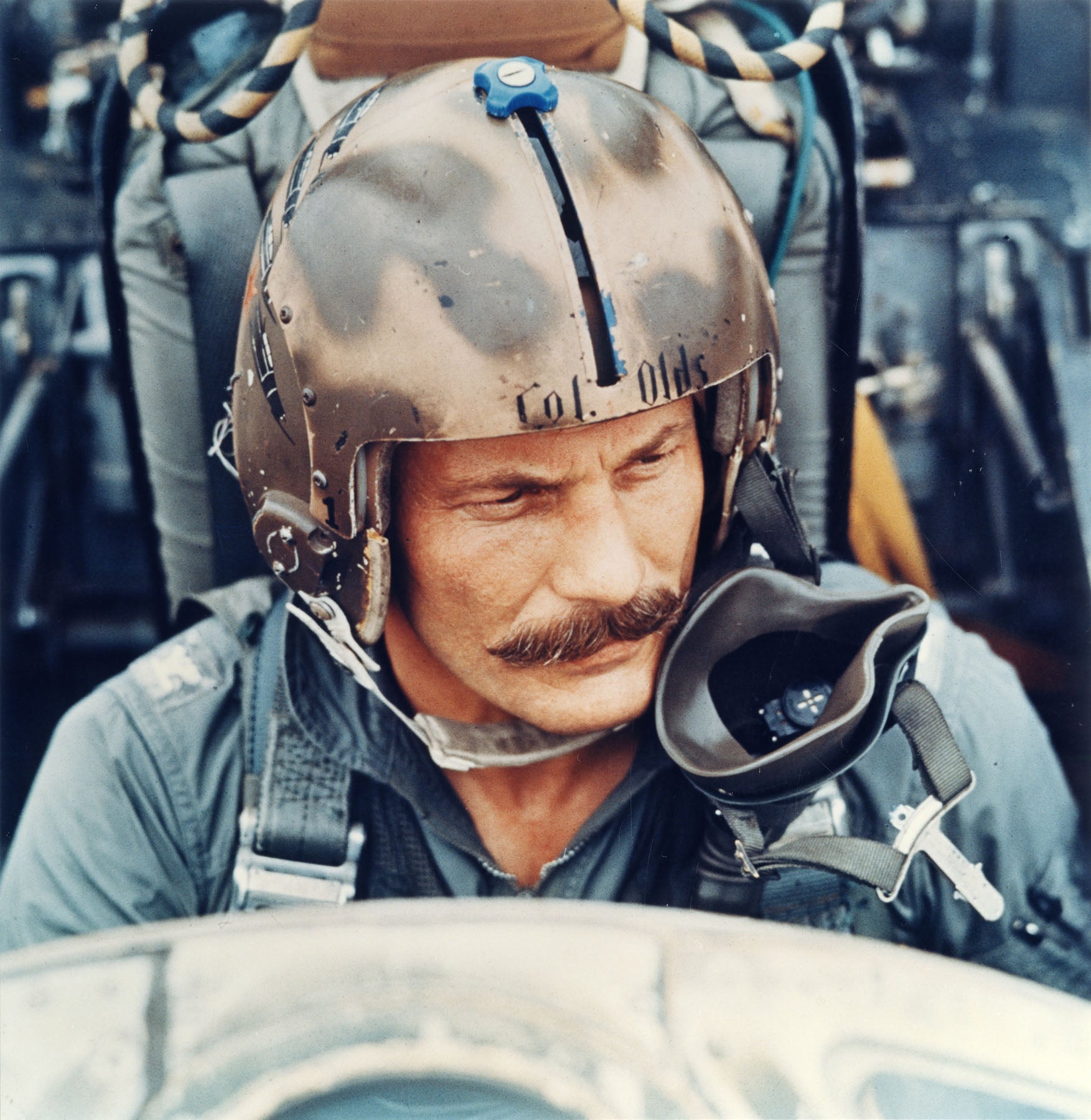
The Army has Audie Murphy, The Marine Corps has Chesty Puller and the Air Force has Chuck Norris, Bob Ross and Morgan Freeman. But above all these heroes one man stands apart in Air Force lore: Brig. Gen. Robin Olds, the fighter pilot who shot down 16 enemy aircraft in World War II and the Vietnam War. But what sets Olds apart from other aviation legends was not his kill count, but his penchant for getting into trouble with his superiors when he pushed for better training and tactics for fighters and for challenging the status quo. His most famous mission was Operation Bolo, where he essentially dressed up U.S. F-4 fighters as the slower, more vulnerable F-105 bombers in order to lure North Vietnamese fighters into a trap. It worked, seven MiG-21s were shot down, nearly half the North Vietnamese fleet of such fighters at the time. However, his most famous achievement is probably the handlebar mustache he grew out while serving in Vietnam, which wraps up his pugnacious spirit with a bow.
“It became the middle finger I couldn’t raise in the PR photographs,” Olds wrote in his memoir. “The mustache became my silent last word in the verbal battles … with higher headquarters on rules, targets, and fighting the war.”
The Air Force still honors Olds’ spirit every March during “Mustache March,” where airmen attempt their own, in-regs version of Olds’ lip foliage … with mixed results.
Enlisted Jesus / Shesus
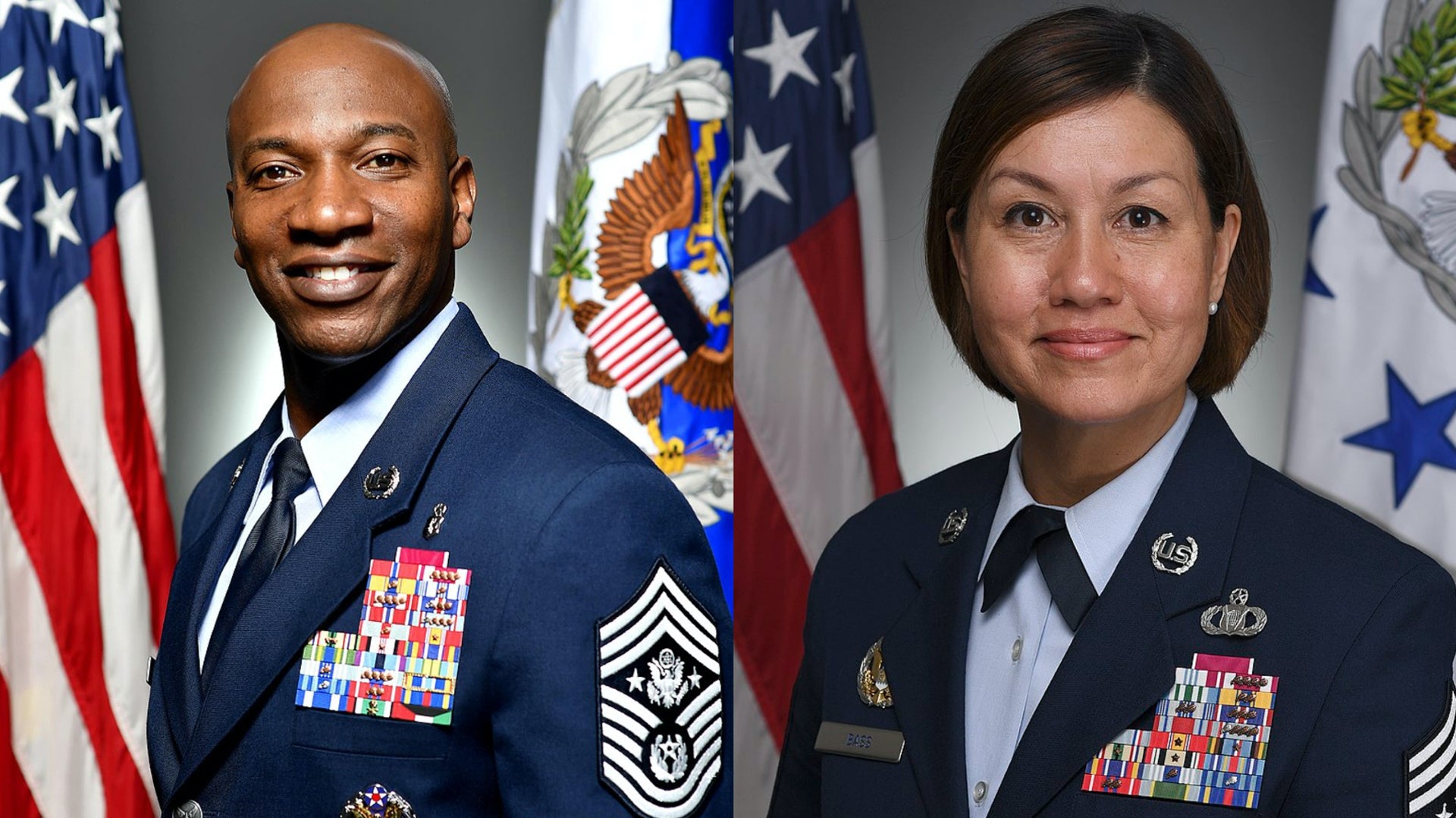
Speaking of inspiring leaders, the Air Force’s two most recent top enlisted airmen have earned their own historic monikers. Chief Master Sgt. of the Air Force Kaleth Wright, who held that office right before the current CMSAF, JoAnne Bass, took the post, was known as ‘Enlisted Jesus’ for his contributions to the enlisted force. He helped change how enlisted airmen are tested and promoted, how physical fitness tests are conducted, and even what uniforms they wear (it used to be the Airman Battle Uniform, now it’s the Operational Camouflage Pattern), according to Air Force Times. Wright was so popular that at least one base had to rent out a 1,400-seat auditorium to try to accommodate all the airmen who wanted to see him speak, according to Air Force Magazine. Wright’s successor, JoAnne Bass, the first woman to hold the highest senior enlisted rank in any military branch, has made her own impact by helping reform enlisted performance reports; fitness tests and grooming and uniform standards, thereby earning the nickname ‘Enlisted Shesus.’
Crew chiefs / maintainers
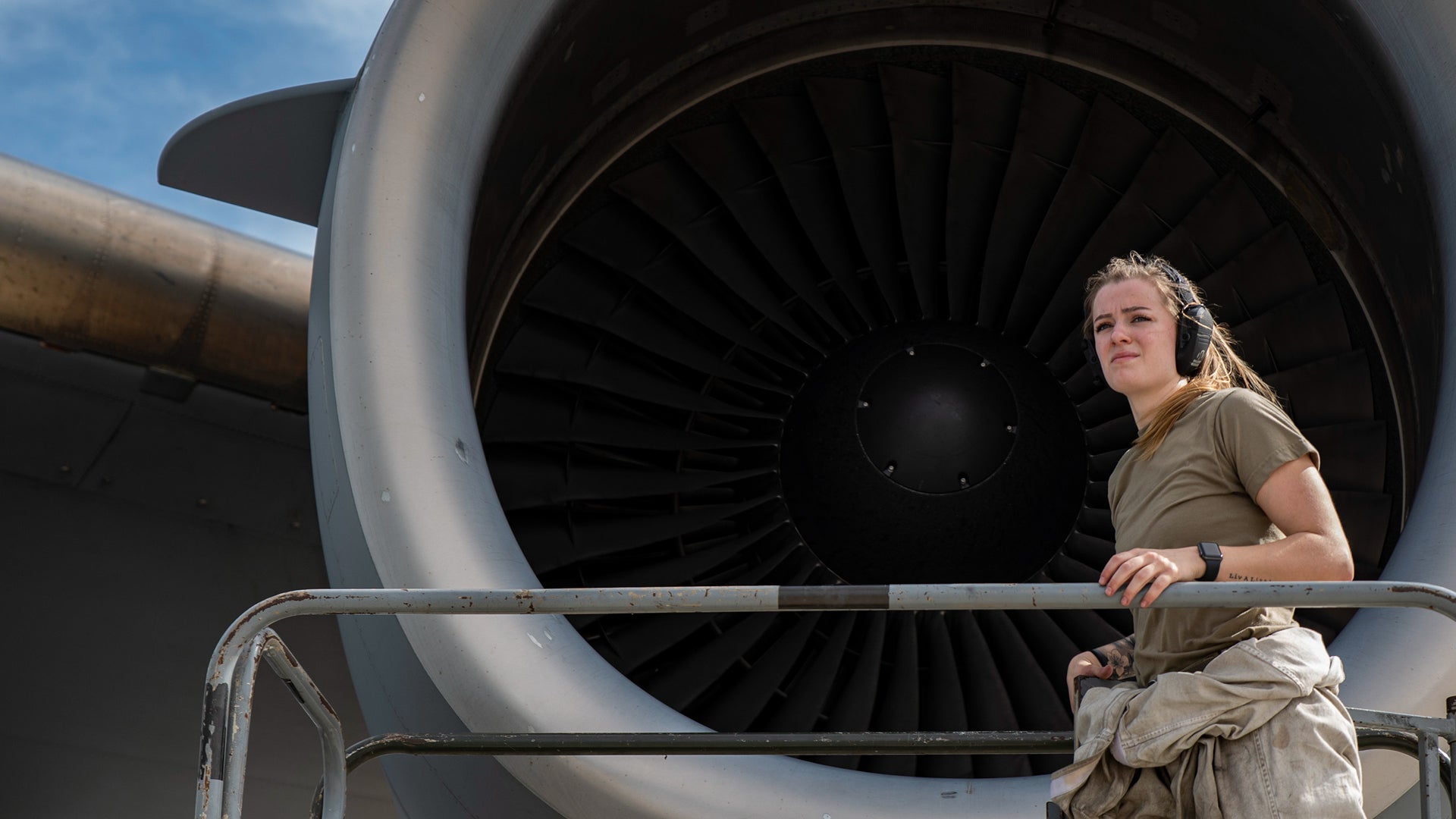
Though not exclusive to the Air Force, maintainers and crew chiefs take on an even greater meaning in a branch that’s built around air power. Pilots may fly the planes, but maintainers keep them running. Military aircraft are complicated machines, so maintaining them involves a small army of airmen who check and fix bullet holes, engines, hydraulics, ejection seats, stealth coatings, avionics (navigation, flight controls and other aviation-specific electronics) and everything else on an airplane, like wiping dead bugs off the canopy. It’s a tough job, and maintainers often have to work long hours in the freezing cold or blazing heat to make sure the aircraft is ready to fly the next day.
“We let the pilots fly the aircraft for an hour and a half and then we take care of them the other 23 hours or so to make sure they’re ready to fly the next day,” Capt. Mike Bell, maintenance officer for the Air Force Thunderbirds, the branch’s premier aerial demonstration team, joked with Task & Purpose in 2020.
The crew chiefs are the ones running the maintenance orchestra, and their names are often written on the side of their aircraft as a mark of personal pride. The Air Force is all about airpower, and without functioning aircraft, that mission does not happen, so if you spend much time on the unofficial Air Force social media pages you’ll find that maintainers are some of the most important, but also saltiest, people in the service.
DINSTAAR
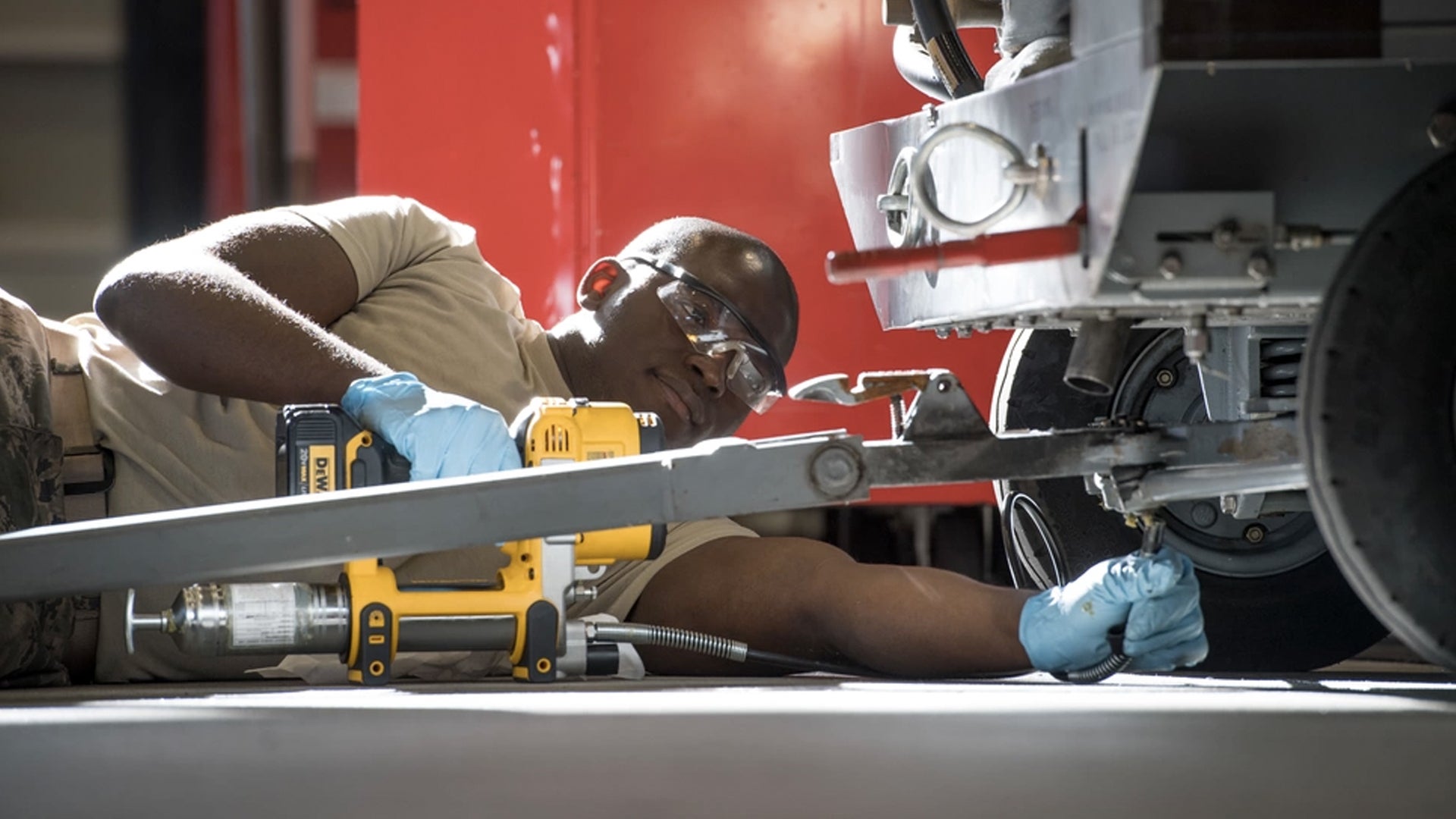
Many Air Force tribes have their own motto, and the one for Aerospace Ground Equipment specialists is Danger Is No Stranger To an AGE Ranger, the abbreviation for which is, you guessed it, ‘DINSTAAR.’ The saying may date all the back to Vietnam, where the story goes that AGE airmen ran out under enemy fire to protect their equipment for servicing friendly planes, the Air Force wrote online. No matter the origin, the phrase helps AGE airmen power through the long hard hours of checking and fixing the equipment that is, in turn, used to help maintain the airplanes. That equipment includes generator sets, air conditioners, hydraulic systems, compressors, heaters, and more, like the bomb lifts that airmen use to mount ordnance to an aircraft’s hardpoints. Some of that gear is older than the airmen operating on them.
“Though some of the equipment that we work on can be decades old, it isn’t necessarily a problem,” said Master Sgt. Dewayne Sora an AGE production superintendent, in 2014. “Most of the kinks have been worked out, similar to the C-130s [transport planes] themselves.”
In case you haven’t figured it out by now: maintaining an airplane takes a lot of machines, and a lot of people to run them.
AE (aeromedical evacuation)
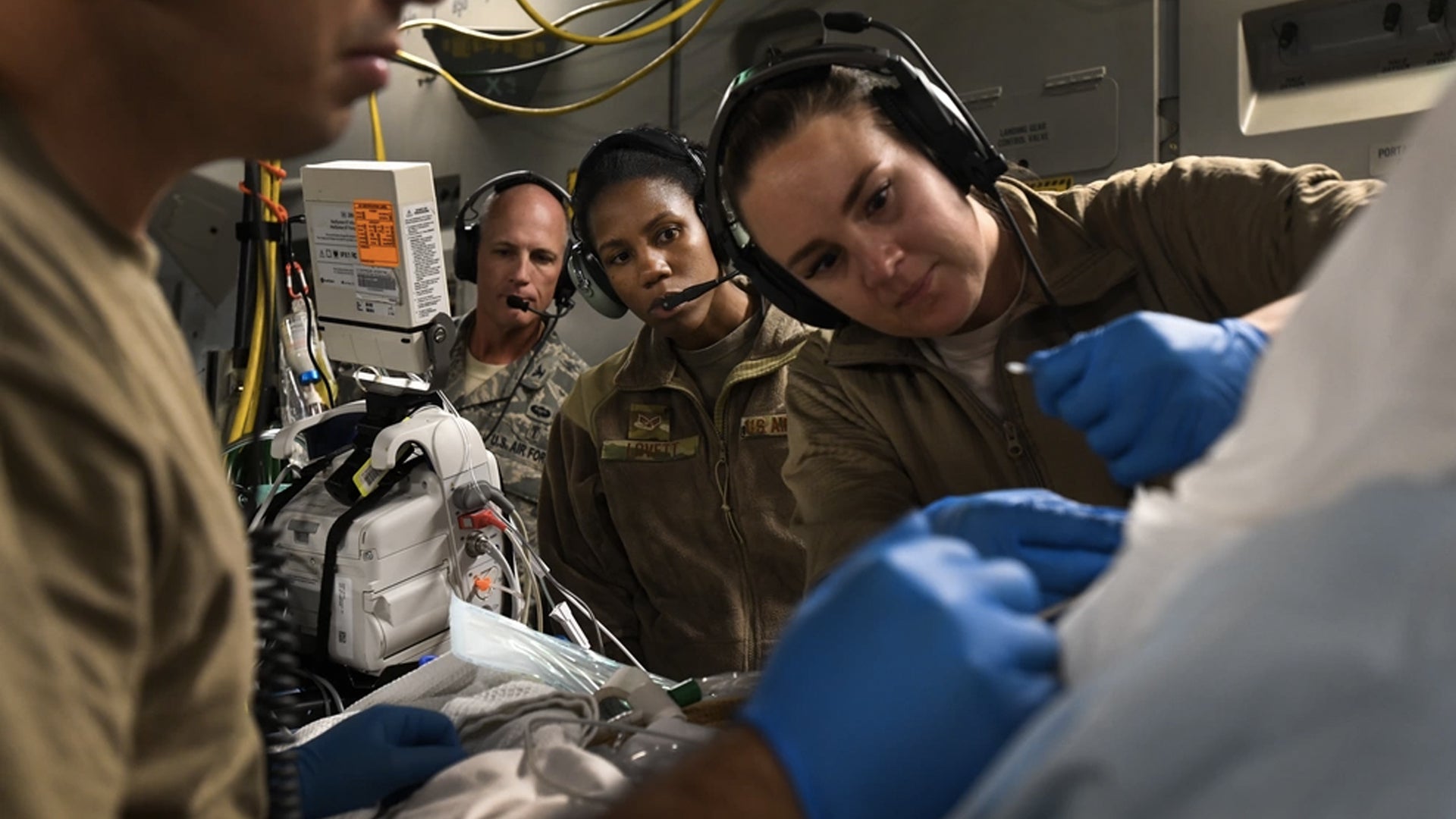
With its fleet of transport jets and prop planes, the Air Force moves troops and supplies quickly to the fight. But those transports have a second function: taking the wounded quickly out of harm’s way. To accomplish that mission, the Air Force runs the Aeromedical Evacuation System, were specially-trained medics care for patients on their way from deployed battlefields to hospitals in the area of operations or around the world. When ground troops suffered head injuries, burns, organ failure and other injuries from improvised explosive devices in the Middle East, these airmen were the ones keeping them alive on the way to Landstuhl Regional Medical Center in Germany or back to the U.S. The AE system involves both ground and flying elements, but one of its most specialized instruments is the critical care air transport teams, called CCATTs.
The CCATTs are three-person teams who augment standard aeromedical evacuation crews, providing expert-level treatment aboard an airplane, which is “not an ideal environment to deliver care,” according to the Air Force. Turbulence can dislodge gear and cause changes in temperatures and air pressure, which can affect wounds and bandages. The flight can be protracted when the patient can’t survive going above a certain altitude, or when the jet can’t fly over certain countries due to diplomatic problems. Plus onboard gear and staff is limited, and the CCAT teams often have to shout over the airplane itself. Somehow these highly-trained teams get it done. In 2014 the Air Force said its en route mortality rate was less than 1%.
“There’s so much honor in [this job],” said aeromedical evacuation airmen Senior Master Sgt. Jerry Carroll in a 2019 video. “Whenever we can bring home someone to their kid or their daughter or their wife or mom or dad. That’s really why this is the best job I can ever imagine doing.”
Prime BEEF / Prime RIBS
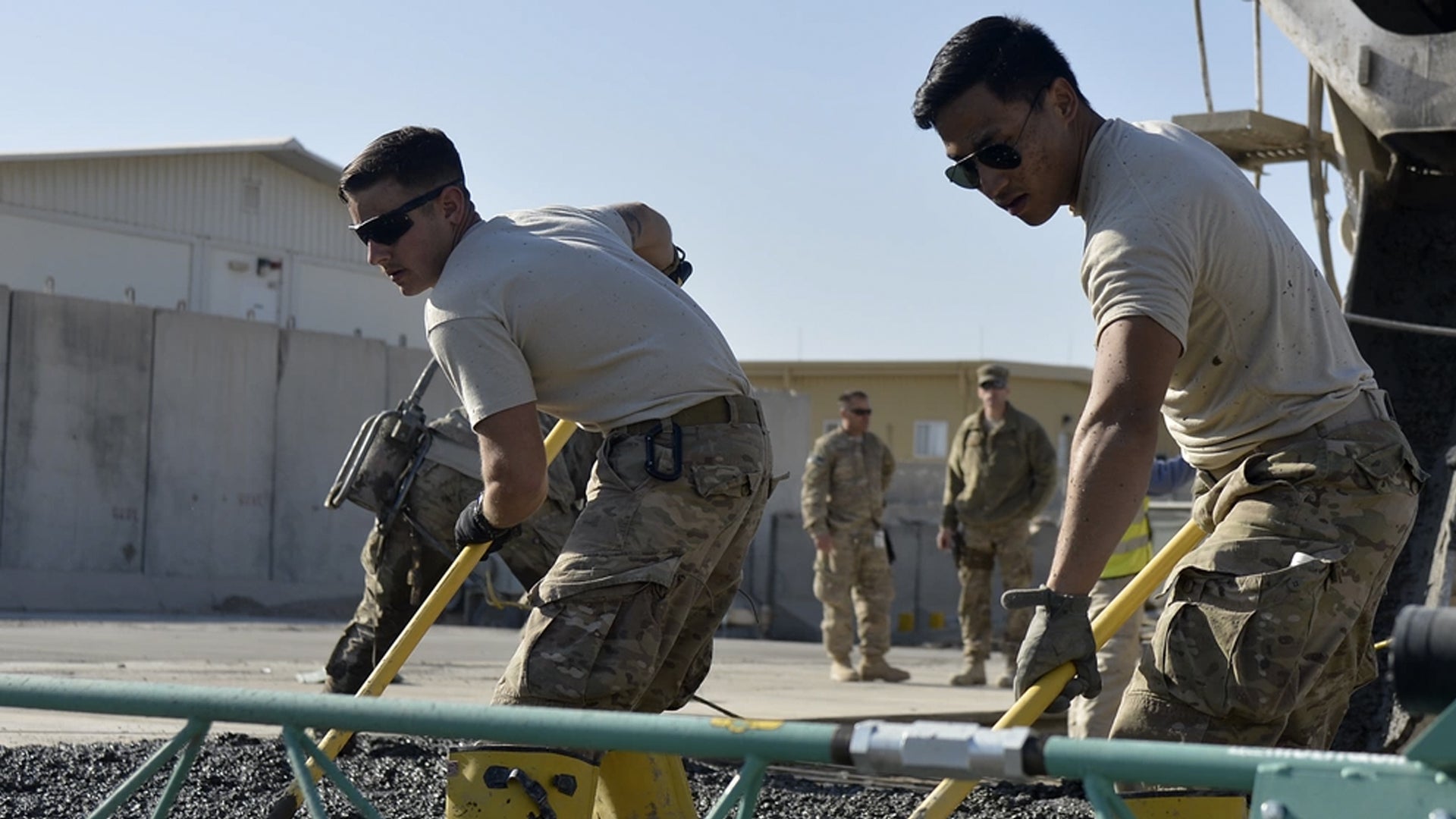
A common joke about the Air Force is that it has excellent food and there is definitely some truth to that. However, Prime BEEF and Prime RIBS are not menu options, but are actually the names of different Air Force teams who help spring up fully-functional military bases out of nothing. BEEF stands for Base Engineer Emergency Force. When the military needs an air base built or repaired at short notice, Prime BEEF engineers are there to get it done like Bob the Builder. When the job calls for some heavy equipment, Air Force RED HORSE squadrons (Rapid Engineer Deployable Heavy Operational Repair Squadron Engineer) answer the call. But hey, building and maintaining an air base works up an appetite, so what do you order? Prime RIBS (Readiness in Base Services). The RIBS teams bring in support services like lodging, food service, laundry, fitness, and mortuary support, according to the Air Force. It may not be what’s for dinner, but together those teams are the cornerstone to rapidly standing up airpower in faraway places.
The latest on Task & Purpose
Want to write for Task & Purpose? Click here. Or check out the latest stories on our homepage.
